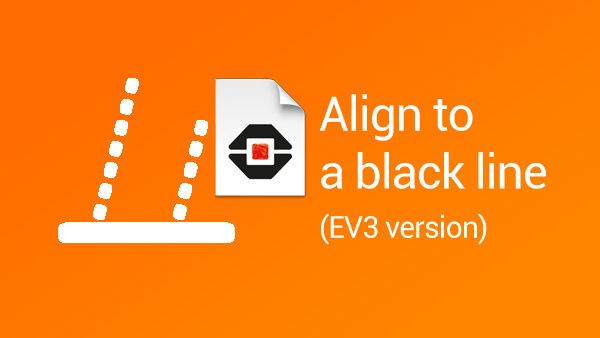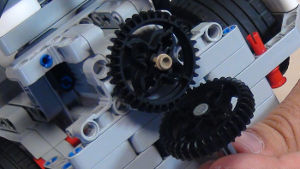
How to build SUV Box Robot for LEGO Competitions
There are a few main challenges with box robots and in the following tutorial we would like to resolve them. Read on and let's see how we could do this.
- #971
- 19 Aug 2018

There are a few main challenges with box robots and in the following tutorial we would like to resolve them. Read on and let's see how we could do this.

If the Steel Structure is Standing, and is Independent, and Supported only by its hinges as shown

Trains can transport cargo to many places. Keeping infrastructure like train tracks in good condition is important to ensure trains reach their destinations.

In this video we are showing how to use two light sensors to do basic aligning on a black line. This is always needed at the competitions. We also show an example for following a line with two sensors.

In this video we are solving one of the most important challenges on the FIRST LEGO League competition, i.e how to cover your Mindstorms NXT light sensors so that they are not affected by outer light sources at the day of the competition. Once again you would find 3 solutions and more will come in the next videos.

In this lesson I would like to show you how to build a LEGO Mindstorms competition robot and tell you how we have designed the construction used in the videos so far. Surely it isn’t perfect, but it is a good start.


In this video tutorial I give a step-by-step explanation of how to implement a block for aligning to a line. The block was first used in lesson 28. Aligning to lines is probably the most powerfull way to know the position of the robot on the FLL Competition field and to be able to execute the missions precisely at 100% of the time.

In this video tutorial we will show you three ways for making your robot stable on the field. We will present each one of them with their advantages and disadvantages - it's up to you to choose which one is the best for your case.


In this video we are solving part of the FIRST LEGO League Senior Solutions challange missions (FLL 2012) using LEGO Mindstorms NXT robots. I make a step by step explanation of each move I make. The goal of this video is to help you with ideas and suggestions on how one should look at the missions.


In this video lesson I will show you how to follow a black line using just one sensor, but fast enough so that you could use it during any robotics competition without wasting any time.


In the previous part of the video lesson we showed how imprecise a chain LEGO Mindstorms robot could be if its positioning does not rely on sensors, but only on the use of move block. In this tutorial we will show the same thing, but using robot on tires.


You are not using sensors?! You are positioning the mindstorms robot only by moving forward, backwards and rotating it. That`s one of the BIGGEST mistakes teams make on the FIRST LEGO League competitions. In this video we are showing a robot with chains and how imprecise are the results are when you are not using sensors.


In this tutorial we present a way to align your robot to a black line. Go through common difficulties, that the teams face, when they need to align their robot, and provide a solution for them.


Based on feedback from many of you in this episode I would like to show you how to build an active attachment that changes the orientation of a gear wheel placed vertically to a gear wheel placed horizontally. This attachment could be used in competitions and shows a basic principle of changing the orientation. All attachments could follow the same principle.


In this episode we continue from Episode 55 and we improve the durability and stability of the attachment for a LEGO Mindstorms EV3 robot. Many times attachments are not very stable which results in gaps between parts. The goal of the video is to give basic construction ideas.